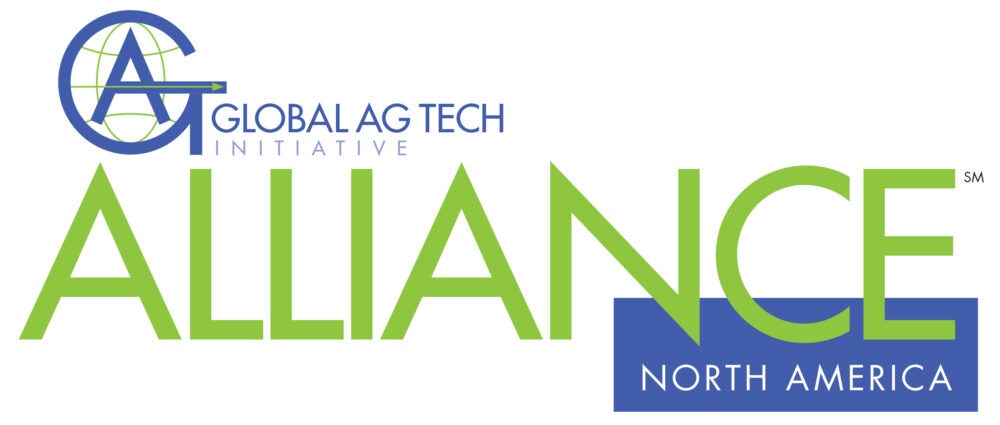Read the full article on PrecisionAg.com >
Note: Agribusiness Lawyer Todd Janzen, administrator of the Ag Data Transparent certification program, reflects on the state of data use agreements as he identifies five levels of ag data transparency. The PrecisionAg Alliance supports efforts that facilitate farmer understanding of data use agreements, and overall data transparency in agriculture that leads to increased trust in, and adoption of, digital technology tools. – Paul Schrimpf, Manager, PrecisionAg Alliance
As someone who is immersed in legal issues related to data privacy and ownership, it should come as no surprise that I have a Google alert set up so that I get notified when a company uses the words “transparency” and “ag data” in a sentence. I get 2-5 emails per week, so there is still a lot of buzz in the industry surrounding ag data.
What I observe from the email traffic is interesting. Some ag tech providers treat “transparency” as a marketing buzzword — something companies say because farmers want to hear it — and others build transparency into every aspect of their organization. Using these extremes as bookends, I thought it was worth a deeper dive into categorizing the different levels of transparency between these points.
Establishing some levels would provide farmers and service providers a benchmark for comparing the relative transparency of the partner organizations they currently use, or plan to engage. It would also allow the companies themselves to pinpoint their approach and identify a pathway to improvement.
Here are the levels of ag data transparency from least transparent to most.
Level 1: Borrowing data privacy contract forms from other industries. In this category are tech providers that have given no consideration to the unique aspects of agricultural data. As a result, these providers have cut and pasted contract forms (e.g., terms of service, privacy policies, EULAs) used by other industries. While better than nothing, these forms lack transparency because they fail to define what “agricultural data” is. Instead, these providers treat ag data as just another form of “information” or “data” to be collected. Transparency begins with understanding what data is being collected. Generic forms can’t do this.
